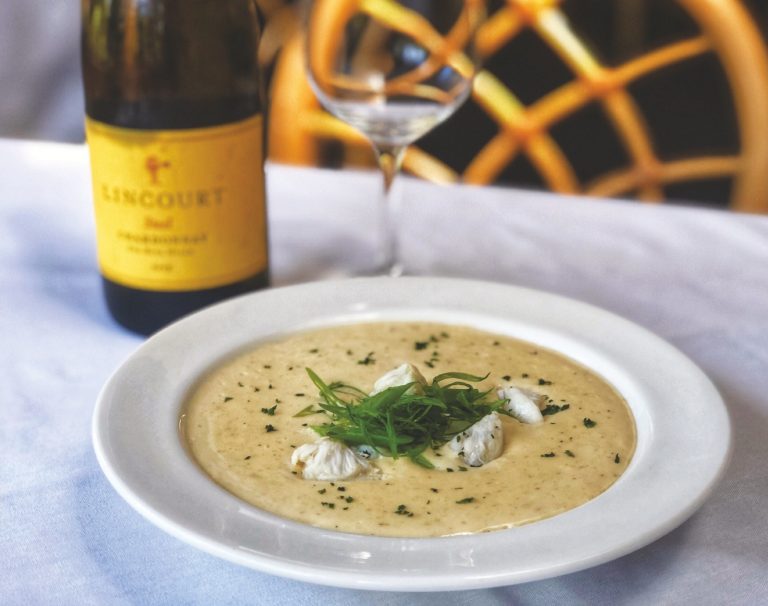Blue Corn Revival: The Comeback of a Colorful, Heirloom Grain
A colorful grain with deep roots and big flavor
Blue corn isn’t just eye-catching. It carries history, depth and a kind of Southern grit that shows up in both its flavor and meaning. Ground into cornmeal or slowly simmered into grits, this heirloom variety brings a sense of place to the plate, along with a nutty taste and rich, earthy character that set it apart from its yellow and white cousins.
What makes it blue? Anthocyanins, the same antioxidants that give blueberries their color, fill the kernels with pigment and nutritional punch. It’s been a staple in Native American cooking for generations, especially in the Southwest and Mexico, where it’s used in tortillas, porridges and tamales. Compared to more common types of corn, blue corn tends to have more protein, a lower glycemic index and a higher concentration of antioxidants, which are thought to support memory and reduce inflammation. It’s also a symbol of heritage and resilience for many Indigenous communities, reflecting centuries of seed-saving, tradition and respect for the land.
In the Lowcountry Anson Mills is leading the charge in bringing blue grits back to the table. Based in Columbia, they mill organically grown heirloom corn to order. The flavor? Deep, toasty, and unmistakably Southern. The trick to getting the best texture is patience: soak the grits overnight, then cook them low and slow in water. A bit of butter at the end is all it takes to bring them to life. For a richer twist, Chef Bernard Bennett of Okàn simmers his blue grits in cream and milk and finishes with a serious helping of butter. “It’s about honoring the ingredient,” Bennett says, “but also giving people something unexpected.” His version is luxurious and silky, perfect with seafood, braised meats or a splash of hot sauce and fresh herbs.
Further down the coast, Marsh Hen Mill on Edisto Island is putting its own spin on blue corn with a soft, flour-like cornmeal. Their Sea Island Blue Cornmeal has a delicate floral aroma and a deep natural color; no dyes or additives, just real blue corn. It works beautifully in hush puppies, pancakes, cornbread, and even dessert crusts. Want to get creative? Marsh Hen Mill suggests purple corndogs with yellow mustard or using it to coat fried green tomatoes. Add a splash of lemon juice or vinegar while cooking to make the color pop even more.
The beauty of blue corn is how it bridges the old and the new. Blue grits can be chilled, sliced and pan-fried into cakes for brunch or used as a base for hearty stews. Blue cornmeal adds depth to baked goods and brings unexpected flair to breading or batter. Whether you’re slow-cooking for comfort or riffing on something modern, blue corn keeps things interesting and rooted at the same time. It’s not a fad. It’s a comeback.
Okàn
Chef Bennett’s Blue Grits
Chef Bernard Bennett’s take on blue grits is anything but ordinary. At Okàn he swaps water for a mix of cream and milk, then adds a generous amount of butter to create a silky, indulgent version that still stays true to its Southern roots. Whether you serve it with seafood or on its own with a dash of hot sauce, this dish is proof that comfort food can be both rich and refined.

Ingredients
- 2 cups Anson Mills blue grits
- 1/2 pound butter
- 2 cups heavy cream
- 2 cups milk
- 2 tablespoons salt
- 2 tablespoons pepper
Directions
[1]Bring the milk and cream just to a boil. [2]Whisk in the grits and reduce to a simmer. [3]Season with salt and pepper. [4]Keep whisking and simmering until thick and creamy.









